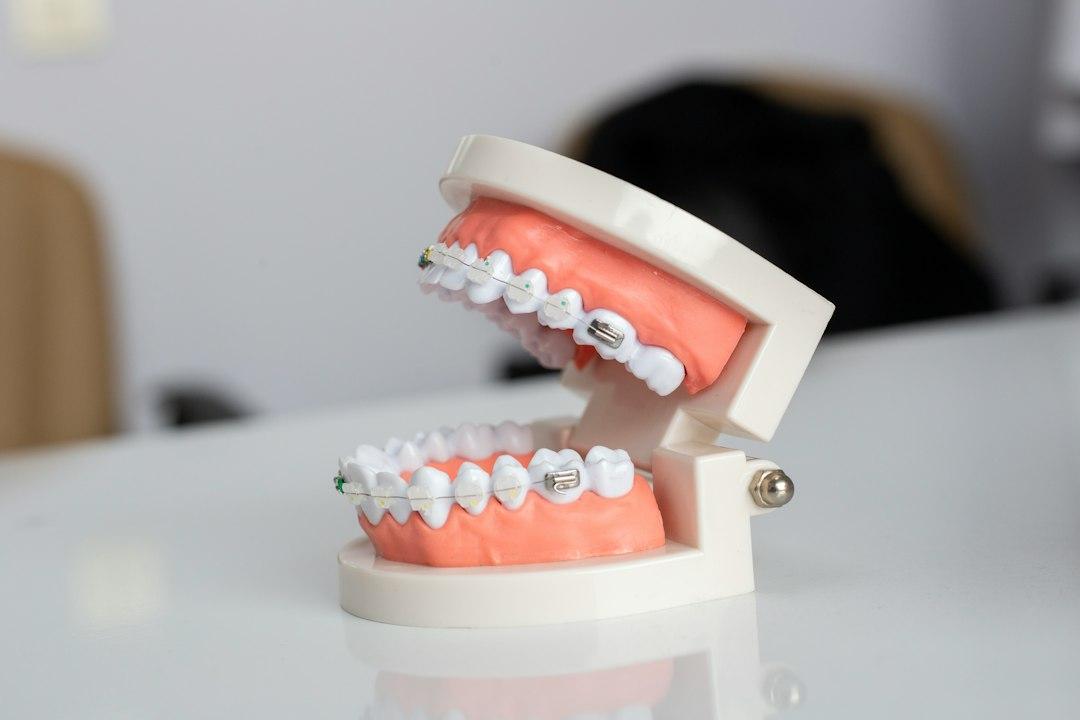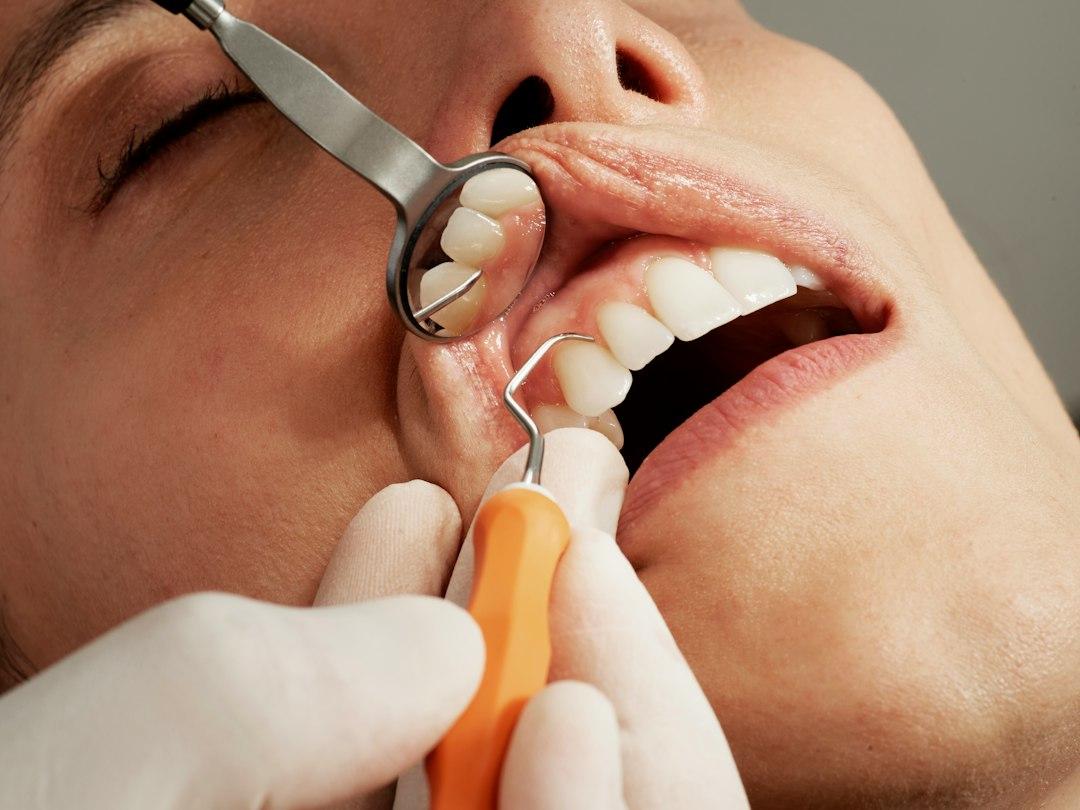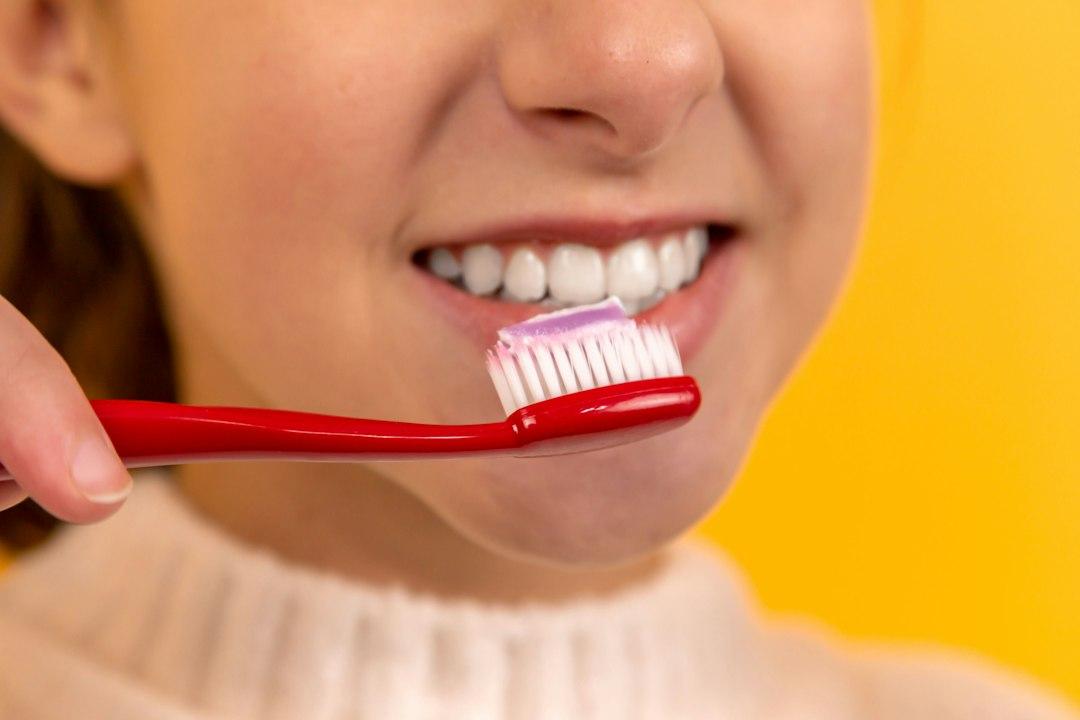How to Improve Oral Health & Its Critical Role in Brain & Body Health
Curated from: Andrew Huberman
Ideas, facts & insights covering these topics:
16 ideas
·24.9K reads
100
8
Explore the World's Best Ideas
Join today and uncover 100+ curated journeys from 50+ topics. Unlock access to our mobile app with extensive features.
The Six Pillars Of Health
The six pillars of mental health, physical health and performance are:
- Sleep
- Sunlight, proper light and dark exposure
- Nutrition
- Exercise, cardiovascular movement
- Stress management
- Relationships, social interactions (this also includes the relationship with yourself)
Huberman adds oral health, as it influences the entire body, such as your brain or your gut health.
209
2.54K reads
What Category Do You Belong To?
Discover in which category you fall into and how it affects your teeth and mouth.
Category 1: People in this category brush their teeth twice a day, floss, use mouthwash, teeth whithening products and take other measures to maintain clean teeth and fresh breath.
Category 2: People in this group brush their teeth once or twice a day but rarely floss and see a dentist every 6 months to 2 years.
Category 3: Those in this category not only focus on clean teeth but also pay attention to their oral microbiome.
165
2.14K reads
Evaluation
Huberman argues that ~90% of people fall into categories 1 and 2. However, these categories may not be the best ones.
You might be surprised, but people in category 2 sometimes have a healthier oral microbiome than those in category 1.
It's important to consider both tooth health and the oral microbiome.
With the knowledge you will now gain, you can easily shift into category 3!
158
1.93K reads
Mouth Anatomy
Hold on - knowing how your teeth are structured is important in order to understand the following tips.
Teeth are layered structures:
- The outer layer is called Enamel, it is translucent.
- The layer underneath it is called Dentin, it plays an important role in mineralization.
- Next to the teeth are the gums (Gingiva), which fix the teeth. They are connected to the bloodstream, bones, etc.
Interesting side fact: The mouth heals with almost zero scars, which is quite impressive compared to the rest of the body.
169
1.69K reads
Mineralisation Of The Mouth
The mouth is consistently in a state of either demineralization or remineralization. This happens mostly in the Dentin. They are based on the pH level of the mouth and the saliva that is being produced.
Remineralization is good. Did you know that cavities can be repaired and filled naturally? During remineralization, structures are built that put minerals back in and fill up cavities.
170
1.59K reads
Cavities
Cavities grow from the enamel to the dentin and they often need to be drilled and filled. Cavities are basically holes in the body. When filled with bacteria, they can become worse.
However, as we have already learned, cavities can be quite resistant when the saliva is healthy. With a healthy pH, they can be prevented or treated.
161
1.53K reads
What Causes Cavities?
Cavities are not caused by sugar or any food, but by bacteria that feed on sugar. They produce an acid that causes demineralization. These bacteria often come from outside sources, such as strangers or from sharing bottles and kissing.
Therefore, when it comes to cavities, there is no need to avoid any particular food or drink.
The degree to which cavities can form is based on the amount of time the mouth is in a demineralized state!
174
1.47K reads
Fluoride
During remineralization, minerals build structures with strong angles. Fluoride forms an even stronger building block called fluorapatite, which makes teeth even more resistant to mineral loss than the endogenous building mineral does.
That is why fluoride was added to drinking water. However, too much fluoride can be dangerous. There is a heavy debate going on around fluoride. Huberman does not pick a side and instead suggests that you should decide for yourself how much fluoride you want to be exposed to.
161
1.42K reads
List Of Bad Things For Your Teeth #1
...and Your Brain and Overall Body!
- Alcohol: It puts your mouth in a deep demineralized state.
- Stimulants (or any drug that increases norepinephrine, epinephrine, or dopamine): They change the pH by making it more acidic, which leads to cavities, and they also encourage mouth breathing.
- Coffee.
- Mouth Breathing: It dries out your mouth and causes demineralization.
- Smoking, Vaping, Cannabis: In addition, they lead to deprivation of gum tissues.
172
1.5K reads
List Of Bad Things For Your Teeth #2
- Sugar: It causes demineralization. After eating, rinse with water, floss, or brush.
- Mouthwashes: Especially those with alcohol as we now know.
- Foods stuck in the mouth for too long periods of time.
- Foods that are acidic: Eat them in a shorter period of time and not one slice every hour. Again, it is about the TIME the mouth is in demineralization! The sooner it can remineralize, the better.
168
1.46K reads
Saliva Production Around The Clock
During our circadian rhythm, the maximum amount of saliva is produced and our mouth maintains the best pH levels during the middle of the day. To keep our mouth remineralized, it is best to avoid eating during this time.
Set a specific time frame for not eating in order to allow for an extended period of remineralization.
Saliva production is reduced at night, making it less effective in "killing" bacteria. During this time, it is important to minimize the amount of bacteria entering our mouth. Make sure to brush your teeth at night! However, it is best to brush them twice or even thrice a day.
169
1.25K reads
Brushing Your Teeth
The goal of brushing is to break down the layer of bacteria and thicker layers such as plaque.
- Use a soft brush and be gentle. When using an electric toothbrush, only use the tip of the bristles.
- Do circles and brush every tooth.
- Brush your gums as it increases blood flow and transports nutrients. However, they should not bleed.
Also, go to the dentist twice a year as they can identify cavities and remove plaque. The dentist polishes teeth to make them smoother so it is harder for bacteria to stick in there.
168
1.26K reads
Flossing
The goal of flossing is to remove food from between the teeth.
- Get a bit under the gum, do a circular motion, and lift it up along the tooth.
- Floss twice a day.
- Using a water pick is better than typical flossing. Typical flossing is better than using toothpicks.
Children with too much space between the teeth don't have to floss.
166
1.28K reads
Xylitol
Bacteria love eating Xylitol! But it works differently than sugar: It doesn't produce the acids that demineralize. It reduces the number of harmful bacteria, inhibits the growth of cavities, and reduces inflammation.
It can be found in some gums. Chewing them after eating is great! This also promotes saliva production.
184
1.31K reads
Toothpaste and Mouthwash
- You can use toothpaste with Xylitol or with Fluoride (or without if you prefer).
- Do not use mouthwash with alcohol, you already know why.
- Most mouthwashes without alcohol can also be bad.
- A good, low-cost alternative is baking soda. It can whiten your teeth and scrape off bacteria. When using a soft brush, it is effective.
177
1.25K reads
Tongue Scraping
This is a good idea, but brushing lightly is better than harsh.
It is also recommended to use a separate toothbrush for it, as different locations in the mouth have different bacteria. With that, you can prevent the bacteria from crossing over.
In general, try to limit the amount of bacteria on your toothbrush by regularly changing it.
161
1.25K reads
IDEAS CURATED BY
CURATOR'S NOTE
Huberman discusses the importance of oral health and gives science-based protocols and tips to easily improve it.
“
Similar ideas
23 ideas
20 Optimal Protocols for Studying & Learning
Andrew Huberman
8 ideas
10 ideas
Tools for Setting & Achieving Goals
Huberman Lab
Read & Learn
20x Faster
without
deepstash
with
deepstash
with
deepstash
Personalized microlearning
—
100+ Learning Journeys
—
Access to 200,000+ ideas
—
Access to the mobile app
—
Unlimited idea saving
—
—
Unlimited history
—
—
Unlimited listening to ideas
—
—
Downloading & offline access
—
—
Supercharge your mind with one idea per day
Enter your email and spend 1 minute every day to learn something new.
I agree to receive email updates
















